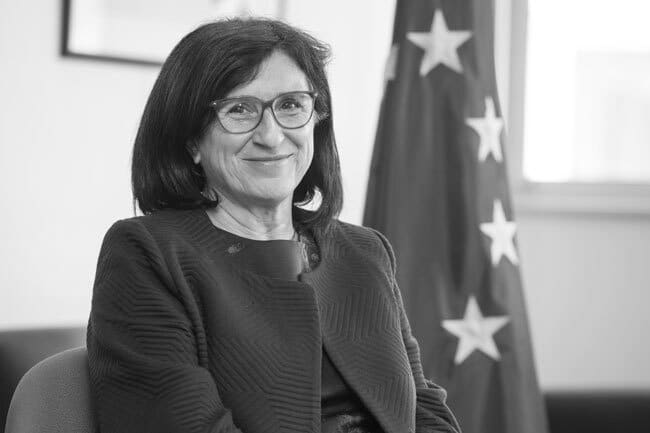Philippe HERZOG Founding President of Confrontations Europe [vc_btn title= »Télécharger l’article » style= »outline » color= »blue » align= »right » i_icon_fontawesome= »fa fa-file-pdf-o » add_icon= »true » link= »url:http%3A%2F%2Fprod.confrontations.org%2Fwp-content%2Fuploads%2F2016%2F03%2FOption-36-investment.pdf||target:%20_blank »] This contribution presents a synthesis of several years of studies and 40 propo- sals for a action plan and political agenda, by the working groups of the think tank Confrontations Europe. Men and women from very different back- grounds, all of whom are keen to build a better future for Europe, came toge- ther to define and shape a long-term investment strategy(1). Investment is a necessary choice for any society that wishes to propel itself into the future. Today, there is a prevailing climate of uncertainty and distrust all over Europe. And although Europeans are highly interdependent, share the same institutions and cannot conceive of a happy and successful future without each other, there is still no pan-European civil society. Clearing the fog of uncertainty, opening up Europe’s horizons and establishing a European
Ce contenu est réservé aux abonné(e)s. Vous souhaitez vous abonner ? Merci de cliquer sur le lien ci-après -> S'abonner












